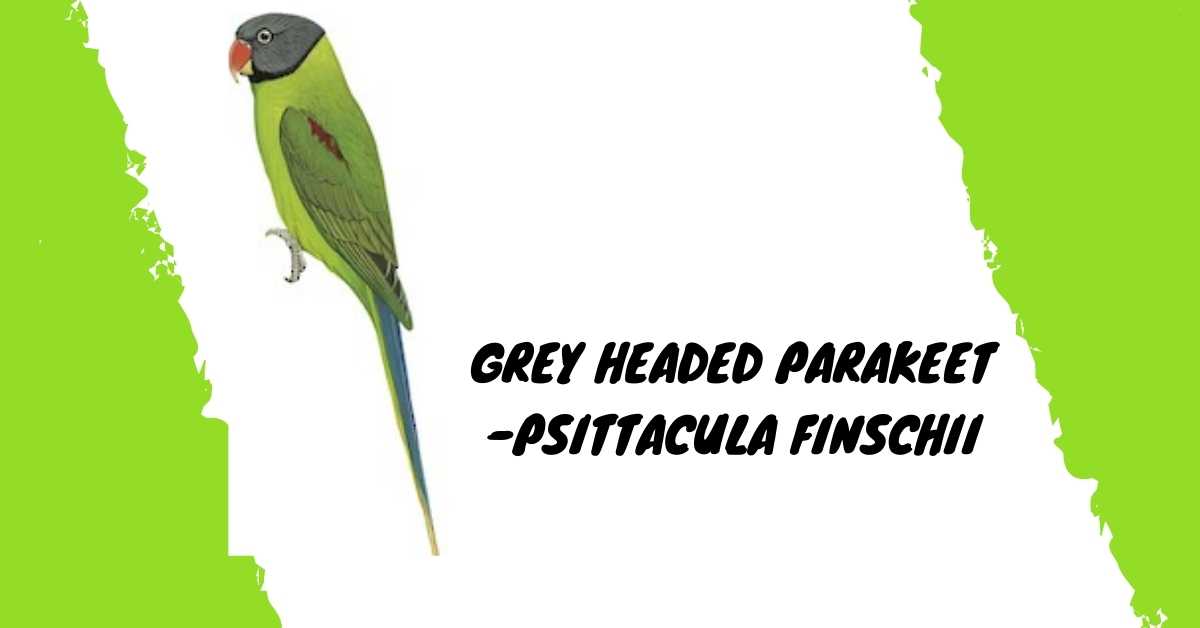The Gray-headed parakeet (Psittacula finschii) is a colorful species of parrot endemic to the Indian subcontinent. It is also called Finsch’s or Finsch’s Parrot. It is popular in aviculture as a pet, and has been introduced to many other parts of the world since the 1960s.
Systematic Position
Phylum: Chordata
Subphylum: Vertebrata
Class: Aves
Order: Psittaciformes
Family: Psittaculidae
Genus: Psittacula
Species: Psittacula finschii
The Gray-headed parakeet was first described by Finsch in 1868, who named it Psittacula finschii. However, some authors consider the Gray-headed parakeet to be conspecific with the African Grey Parrot (Psittacus erithacus) or other P. erithacus subspecies such as P. erithacus canus and P. erithacus timneh.
It is a true beauty of the species, with exquisite markings. They are social birds that love to play in pairs or small flocks. It is a medium-sized bird of the true parrot family Psittaculidae.
This popular pet bird is valued for its appearance, playfulness and the ability to mimic human speech. This species has multiple common names in the many areas it inhabits, including Indian ring-necked parakeet, rose-ringed parakeet, rose-crowned parakeet, Indo-Chinese ringneck, Burma ringneck and Bangladeshi ringneck.
The gray-headed parakeet is a medium-small parrot, measuring about 40 cm in length. This species is found mainly in the woodlands, deciduous forests and scrub jungle below 1000 m altitude of South Asia.
It is often found in areas with bamboo clumps. They are extremely noisy birds and their loud squawking can be heard from some distance away.
This medium-sized parrot has a long tail, bright red bill and a grey head. Some of the more obvious physical characteristics of the finsch’s parakeet are its black beady eyes, orange feet and legs, and perhaps most obviously its yellow beak. It has brownish-grey feathers on its body and wings alternative with green feathers.
It is an excellent mimic and can easily be taught to imitate human speech. The gray-headed parakeet is a small parrot that is considered to be endangered in the wild due to habitat loss.
This small, brightly colored parrot species is popular as a pet and companion bird. The female lays three to five eggs in a tree hole, early May to mid July. Incubation period of eggs may take from 18 to 21 days and is done by both parents. The young birds move from the nest about 19 to 20 days after hatching.
It can grow up to 40 cm (15.6 inch) in length with average 120 gram in weight in aviculture and 203 grams in the wild. It can live for about 30 years or more.

